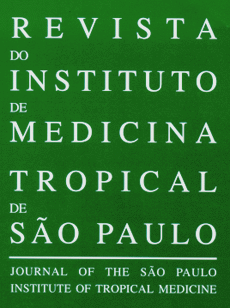Este trabalho relata o envenenamento por serpente do gênero Boiruna maculata em criança admitida e posteriormente hospitalizada no Hospital Municipal de Pronto Socorro de Porto Alegre, RS, Brasil. A paciente foi mordida no membro inferior esquerdo e apresentou sinais de envenenamento local pronunciado, foi tratada como acidente botrópico e permaneceu no hospital por cinco dias, recebendo alta após melhora.


